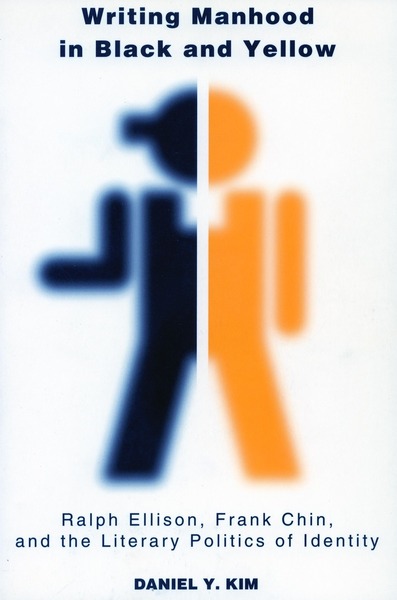
This book examines cultural representations of African American and Asian American masculinity, focusing primarily on the major works of two influential figures, Ralph Ellison and Frank Chin. It highlights the language of gender and sexuality that writers use to depict the psychological injuries inflicted by racism on men of color—a language that relies on metaphors of emasculation.
The book focuses on how homosexuality comes to function as a powerful symbol for a feminizing racism, and explains why this disturbing symbolism proves to be so rhetorically and emotionally effective. This study also explores the influential concept of literature that these writers promote—a view of writing as a cultural and political activity capable of producing the most virile and racially authentic forms of manhood. In comparing African American and Asian American writings, this book offers the first scholarly account of how black and yellow conceptions of masculinity are constructed in relation to each other.
About the author
Daniel Kim is Associate Professor of English and Ethnic Studies at Brown University.
"Through the works of Ralph Ellison and Frank Chin, Kim examines cultural representations of African-American and Asian-American masculinity. He highlights the language of gender and sexuality that writers use to depict the psychological injuries inflicted on men of color and explains the ways that homosexuality comes to function as a powerful symbol for a feminizing racism."
—Reference & Research Book News
"...A wonderful example of a book that seamlessly merges literary close readings, psychoanalytic theory, and cultural studies...Kim's work presents a more complicated picture of Afro-Asian relations that acknowledges the libratory potential and problematic rhetoric the two sometimes share."
—Julia H. Lee, University of California, Irvine